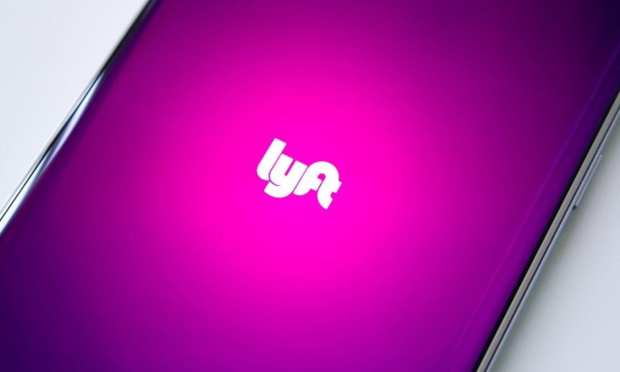Lyft IPO Docs Show Revenue Of $2B, Losses Of $911M

Ride-hailing company Lyft made its initial public offering (IPO) papers public on Friday (March 1) to kick off what is expected to be a busy year for IPOs. According to The Wall Street Journal (WSJ), the papers revealed that the company earned $2.16 billion in 2018, an increase from $1.06 billion generated in the previous year. However, it also saw its net loss grow to $911.3 million in 2018 from $688.3 million in 2017.
Lyft aims to trade on the Nasdaq Stock Market with the symbol LYFT by the end of March. The Nasdaq listing is significant because the exchange competes with the New York Stock Exchange (NYSE) to attract important tech companies.
At the end of last year, the company submitted paperwork for its IPO to the Securities and Exchange Commission (SEC). Lyft’s chief rival, Uber, as well as workplace-messaging company Slack and Pinterest, have also filed paperwork with the SEC for IPOs.
The filing shows that Lyft’s founders, John Zimmer and Logan Green, who collectively own around 7 percent of the company, will control about half the vote. In fact, each man will own shares that receive 20 votes each, compared with the one vote per share that most stockholders receive.
As for Lyft’s other strategic investors, the paperwork explained that Japanese eCommerce company Rakuten owns 12.2 percent of the ride-hailing company, General Motors owns 7.3 percent, venture capital firm Andreessen Horowitz owns 5.9 percent and Alphabet owns around 5 percent.
While the paperwork didn’t disclose the company’s valuation, Lyft is expected to come in much higher than the $15.1 billion it was valued at in early 2018.
As part of the IPO, Lyft is going to offer one-time cash bonuses to drivers, who can then use them to buy IPO shares if desired. The company will pay the bonuses to employees around March 19, with those who have logged at least 10,000 rides by Feb. 25 to be eligible for a $1,000 bonus, and those with 20,000 rides to receive a $10,000 bonus.
